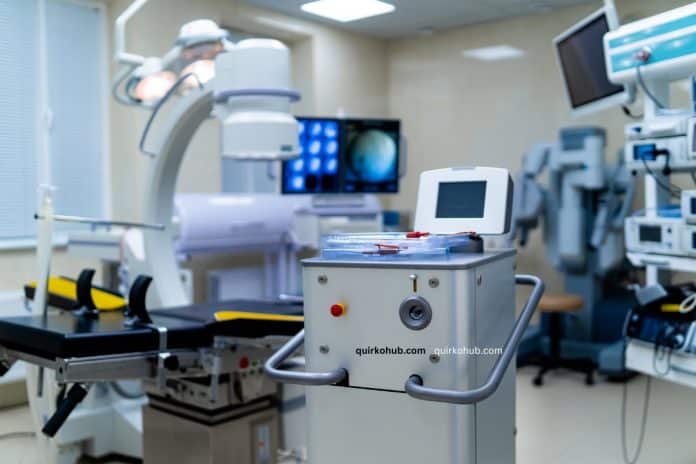The healthcare landscape is constantly evolving, and at its heart are innovations in medical equipment. These technological strides are not only streamlining workflow for clinicians but also reshaping the way patients experience care. Whether in a hospital ward or an urgent care clinic like NJ After Hours Doctor, the impact of cutting-edge equipment is clear: faster diagnosis, more accurate treatment, and improved safety.
From digital health records and telemedicine to advanced imaging and remote monitoring, modern tools enhance every touchpoint of the patient journey. With these innovations, healthcare becomes more accessible, responsive, and personalized, empowering doctors and nurses to deliver optimal care at any hour or setting.
Trends in Medical Equipment
Over the past decade, medical equipment has increasingly integrated digital features, miniaturized, and connected. Devices now provide real-time data and support remote consultations for immediate intervention and continuous monitoring. This trend accelerated during recent health crises, boosting demand for reliable, portable, connected devices in both acute and community care. The FDA notes that adopting network-capable equipment enhances oversight and response times. Wearables, such as wireless cardiac monitors and smart inhalers, help patients manage chronic conditions proactively, providing clinicians with detailed data between visits, which improves long-term health and reduces hospitalizations.
Driving Better Patient Experiences
A patient’s experience is shaped by ease, speed, and comfort during healthcare. Innovations like non-invasive imaging reduce wait times and stress. Portable devices allow quick bedside assessments, enabling swift, patient-centered care. Digital health platforms connect with devices to keep patients informed, reducing travel and wait times, and increasing recovery time. Forbes notes that smart tech and feedback systems improve satisfaction and outcomes.
Role of Technology in Modern Healthcare
Technology has transformed the standard of care in virtually every medical environment. Emergency departments rely on advanced diagnostic tools, such as portable ultrasound machines, to make life-saving decisions more quickly and effectively. In primary care and outpatient settings, automated medication dispensers and digital blood pressure monitors streamline routine visits and prevent errors. Hospitals that integrate electronic health records and smart devices—such as telehealth platforms—are seeing higher coordination between care teams and improved patient safety. As highlighted by HealthIT.gov, digital health solutions are associated with lower readmission rates and higher quality care.
Safety and Reliability in Medical Devices
The integrity and dependability of medical devices are fundamental to effective care. Before they reach patients, medical devices undergo rigorous assessment and ongoing evaluations to ensure they meet established safety standards. Strict compliance and maintenance lower malfunction risk, boosting device reliability. Healthcare teams can focus on patients, confident in device performance. Safety also covers software; cybersecurity is vital with increasing connectivity. Securing device function and patient data ensures trust and effectiveness.
Training for Healthcare Professionals
As equipment becomes more sophisticated, so too does the need for robust training programs. Simulation labs and virtual reality modules are increasingly used to immerse clinicians in real-world scenarios using state-of-the-art devices. This hands-on learning prepares healthcare professionals to operate new equipment confidently and efficiently during routine exams or emergencies. Ongoing education is vital for teams to stay updated on regulatory changes and best practices. Medical staff regularly attend refresher courses and assessments, improving outcomes and reducing errors.
Challenges in Medical Equipment Adoption
Bringing advanced medical equipment into widespread use is not without barriers. Upgrading systems can be costly, and budget limitations may delay access to the latest technology in some facilities. Compatibility is a challenge; new equipment must interface with legacy systems, requiring careful integration and custom solutions. Training gaps and regional regulatory differences also hinder adoption. Overcoming these hurdles demands cooperation among manufacturers, clinicians, and health administrators to establish standards and ensure equitable access to technology.
Future Outlook on Medical Technology
The next wave of innovation will benefit patients and healthcare providers by leveraging AI for diagnostics and personalized medicine, using predictive analytics for preventive care, and expanding telehealth and mobile tools to underserved areas. Future systems will prioritize security and data protection, while patient-centric design and user-friendly interfaces will make healthcare more inclusive and responsive.
